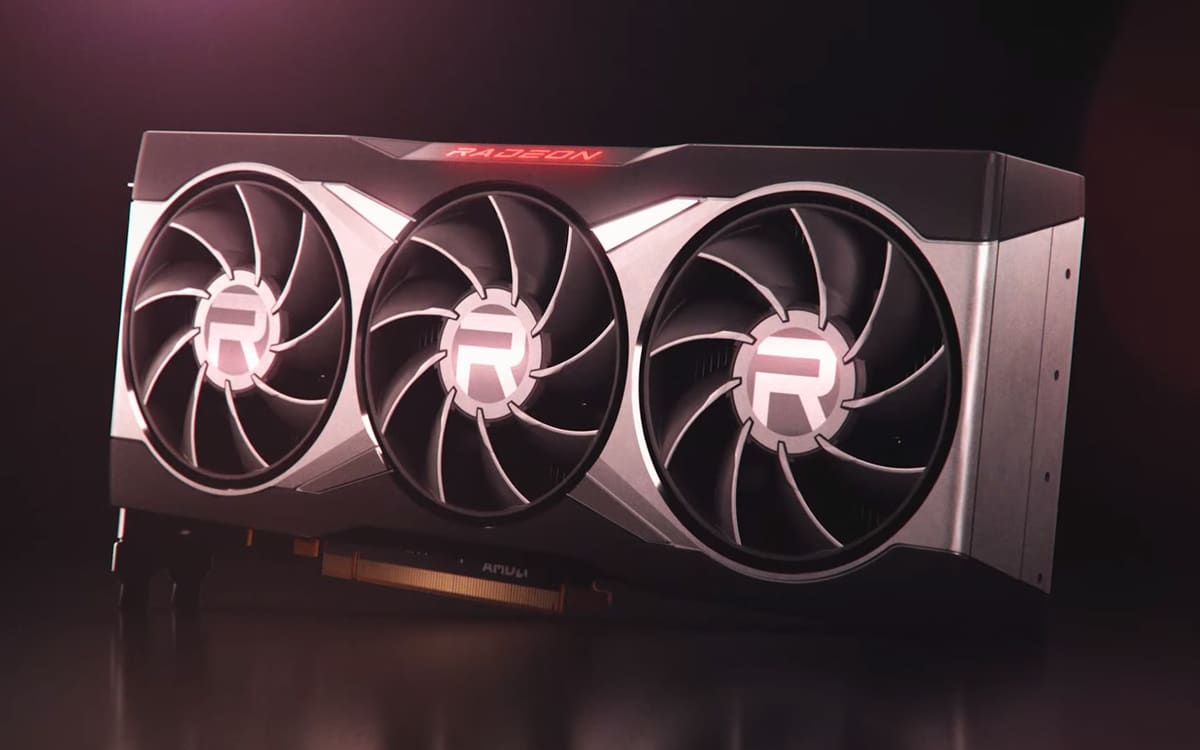
The Radeon RX 6000s do a lot better than the GeForce RTX 3000s on one very specific point: profitability. In a comparison table published on his Twitter account, Frank Azor, chief architect of AMD graphics cards, shows that they have a better price/power ratio than their competitors from Nvidia. The difference goes up to 80% for the RX 6950 XT.
Despite AMD’s efforts, Nvidia continues to dominate the graphics card market in the segment of the performance. To date, the Reds have not yet managed to match their competitor in this sector, which we have again been able to verify with the recent launch of the Radeon RX 6950 XT, RX 6750 XT and RX 6650 XT. However, the firm headed by Lisa Su has not said its last word and has just unsheathed a new weighty argument that could well tip the scales: that of value for money.
Frank Azor, chief architect of gaming solutions and marketing at AMD, posted on his Twitter account a comparison table of the RX 6000s and the RTX 3000s. The latter is particularly interested in what is called the “performance per dollar”. In other words, the table takes the price of the graphics cards and places it alongside the number of average FPS obtained as well as the power required to power it. And indeed, there is not really a picture: AMD crushes Nvidia in this domain.
RX 6000s are much more cost effective than RTX 3000s
The difference is especially notable for the RX 6950 XT, AMD’s most powerful to date. The latter presents an 80% higher price/performance ratio to that of the RTX 3090, and 22% higher in the FPS/Watt segment. Note, however, that the firm did not prefer to compare its GPU to its direct competitor, namely the RTX 3090 Ti. However, this observation is true across the entire range.
Related — AMD: FSR 2.0 Technology Coming to Nvidia and Xbox Graphics Cards, It’s Official
Particularly in the entry-level segment, where AMD displays ratios between 30 and 54% higher to those of Nvidia, and up to 89% for the RX 6400. On the high-end segment, on the other hand, the Greens are catching up with a much less pronounced gap for the RTX 3070 Ti and RTX 3080. Note however that to constitute this table, AMD based itself on the prices of a single reseller. The figures in the table are therefore likely to vary, especially in view of the current evolution of graphics card prices.



